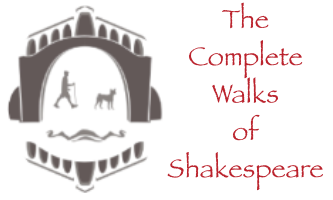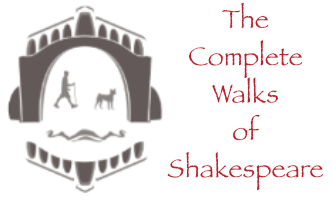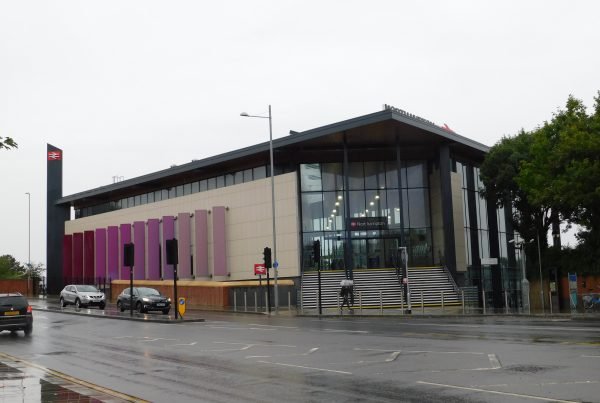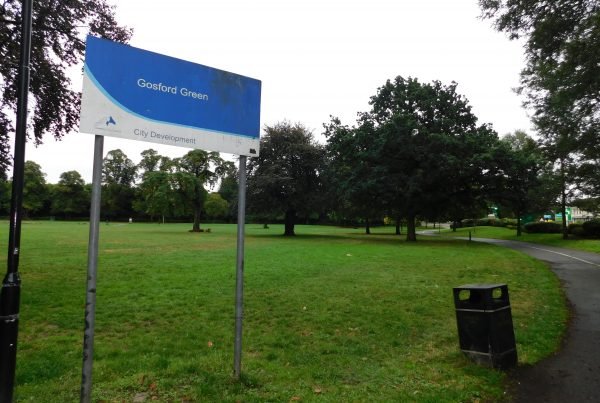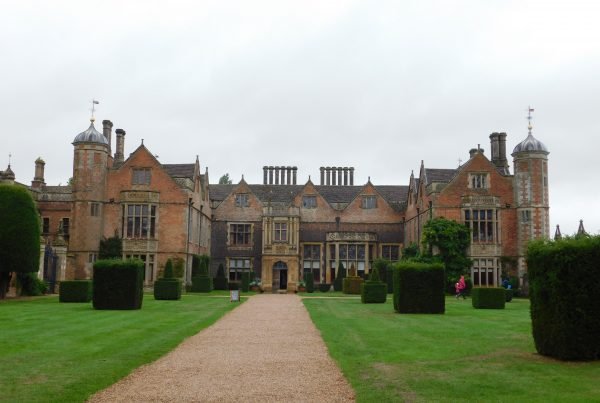Richard III
Act 3 Sc 7
Baynard’s Castle
I do suspect I have done some offense
That seems disgracious in the city’s eye,
And that you come to reprehend my ignorance.
-Richard, Duke of Gloucester
Baynard House, Blackfriars, London
Background “What is past is prologue”
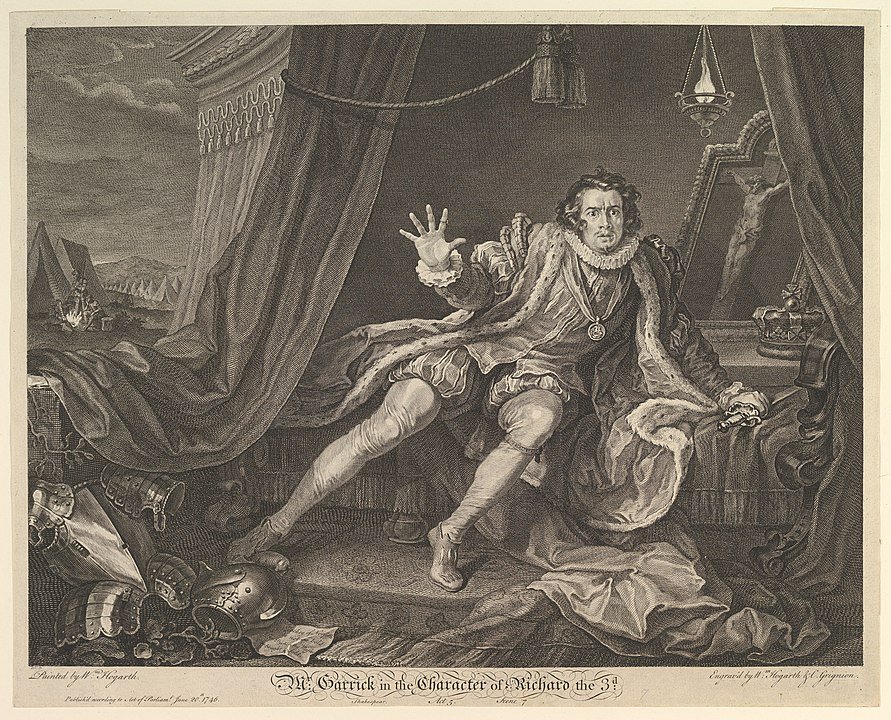
RICHARD III
Probably written some time between 1592 and 1594, the action opens in 1477 with the arrest of the Duke of Clarence, who was allegedly drowned in a butt of Malmsey wine a year later. Scene 2 then goes back in time to May 1471 when Henry VI’s corpse was conveyed to Chertsey and the play ends 14 years later with the Battle of Bosworth in 1485.
It tells the story of how Richard, Duke of Gloucester, becomes King Richard III by murdering anyone getting in his way and is then killed by his successor, the first Tudor, Henry VII, at Bosworth Field after just two years on the throne.
This established Richard in cultural history as a grotesque murderer, something which would have suited Shakespeare’s Tudor audience as well as their monarch, Elizabeth I. As it’s said, history is written by the victors.
It’s a portrayal that present day supporters of Richard – the ‘Ricardians’ – take exception to. In their Richard III Society membership leaflet they acknowledge that:
“Shakespeare’s Richard III is one of the most villainous characters in English literature”.
However, they go on to say:
“The reality was very different. During his lifetime Richard, Duke of Gloucester, proved himself to be a talented and innovative administrator, often demonstrating his prowess as a soldier and he was also irreproachably loyal to his brother Edward IV. During his brief reign he sponsored much enlightened legislation, including the laws to extend the rights of the common man and to improve commerce.”
After his death at the Battle of Bosworth Richard’s body disappeared, its whereabouts remaining a mystery for more than 500 years. His remains were discovered buried beneath a car park in Leicester in 2012.
On the Stage - “The play’s the thing…”
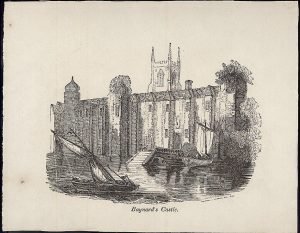 Act 3 Sc 7
Act 3 Sc 7
BAYNARD’S CASTLE
Having made a great show of religious devotion Richard, with false reluctance, accepts the citizens’ call for him to be made king, which has been conveyed to him by the Mayor of London through the Duke of Buckingham.
Although the scene opens with Buckingham recounting how the citizens of London met with silence his argument that the young princes were illegitimate.
On the Map - “Presume not that I am the thing I was”
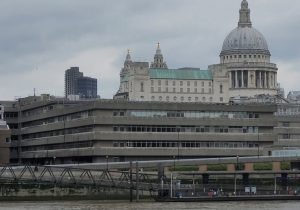 In the Chronicles, Holinshed writes that the mayor and aldermen ‘resorted unto Bainard’s castell’ to see Richard. That was on the 25th June 1483, the day after Buckingham had made his speech to the citizens at the Guildhall.
In the Chronicles, Holinshed writes that the mayor and aldermen ‘resorted unto Bainard’s castell’ to see Richard. That was on the 25th June 1483, the day after Buckingham had made his speech to the citizens at the Guildhall.
In Richard’s day, Baynard’s Castle, in Blackfriars, was the London headquarters of the House of York.
The building on the site today is quite different.
While some feel the portrayal of Richard as something of a monster in the play that takes his name is unfair, there can be little sympathy for Baynard House if described the same way. Examine the evidence of your eyes.
The original castle was destroyed in the Great Fire of London in, if I need say, 1666.
Baynard House is fashioned in the brutalist style. It opened in 1979 as a telephone exchange and for some years housed the British Telecom Museum.
Nearby is the wonderfully named church St-Andrew-By-The-Wardrobe the original of which was there in the time of Richard and was part of Baynard’s Castle. Unfortunately it too perished in the Great Fire, was rebuilt and then lost again in the Blitz. Then rebuilt again.
Shakespeare would have known the area very well as he bought a house near the church, in Ireland Yard, three years before his death. He’d lived in the parish of St Andrew’s for about fifteen years when he was working at the Blackfriars Theatre.
